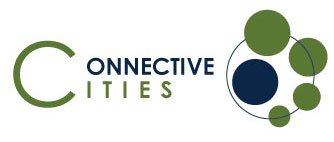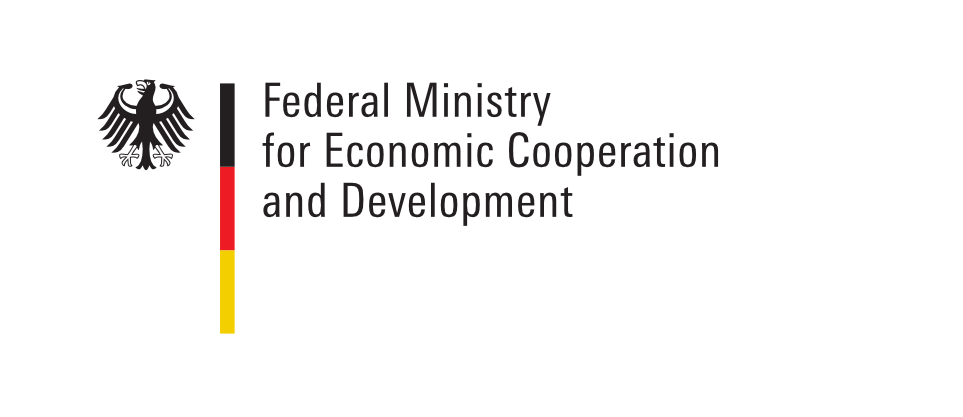- DE |
- EN
Deep Dive: Heat in the city

The three-part learning capsule series on urban heat resilience, organised in collaboration with the Potsdam Institute for Climate Impact Research (PIK), offered a compelling and timely deep dive into pressing challenges facing city planners engaged in devising heat mitigation initiatives. The sessions were structured around thematic focus topics selected by the Deep Dive group members, thus providing a well-rounded exploration of how cities can better monitor, mitigate, and manage the impacts of rising temperatures. Participants included representatives of municipalities, urban practitioners, as well as representatives of development programs active in this field. Prof. Dr. Jürgen Kropp, seputy chair on the Department of Climate Resilience at PIK and head of the Urban Transformation Research, shared his knowledge as a guest speaker and expert at all three events.
Monitoring the Urban Heat Island (UHI): Key Indicators and Data Tools
With a focus on relevant indicators for tracking urban heat and how they can inform smart, climate-resilient urban planning, the session delved into methods of assessment and modeling of UHI. The two approaches of Surface UHI and Canopy UHI were compared, followed by an explanation of UHI typologies that were deduced from statistical modelling and analyzing the seasonality of the phenomenon in more than 120,000 urban agglomeration in Europe.
The influence of city size and form (building height and percentage of built-up area) in exacerbating UHI was discussed, where research revealed that polycentric systems are better at coping with heat stress. Nonetheless, urban form exhibits pronounced regional heterogeneity. While dense cities result in less greenhouse gases emissions, the phenomenon of UHI is exacerbated by increased urban density. An index for the assessment of UHI was discussed, which revealed that land cover (material) and the percentage of green cover determine UHI by a factor of 50%, whereas the urban structure and form have an impact factor of 24%. The lowest impact factor was attributed to the background weather at 4%.
Furthermore, tools for simulation of urban effects on the atmosphere were presented along with examples of their application. In one experiment, the albedo-effect of roof coating in buildings in Berlin was assessed revealing that a light color has a negligible impact on decreasing UHI. Various data sources for monitoring UHI were introduced, some of which are open-access as such NETATMO, which relies on crowdsourced temperature data.
The session also delved into impacts of heat burden in cities, by showcasing the findings of a research on modelling of changes in minimum mortality temperatures as a function of climate change and socio-economic progress in 3,820 cities. The session also touched upon heat adaptation solutions, such the oasis effect that utilizes evaporative cooling to mitigate urban heat.
More information: Presentation and Recording (for registered users) at the Connective Cities Community Platform
Heat Mitigation Strategies: Affordable and Adaptable Solutions
The second session delved into urban design principles that influence UHI. The cultural transformation of ancient city planning and traditional architecture made some regions inhabitable due to exacerbated heat stress. The multi-faceted approach for mitigating urban heat was discussed, that includes: urban greening, construction of shading infrastructure, enhancing urban design for cooling (orientation/ airflow, building codes /material), use of reflective and cooling surfaces, blue-green infrastructure, as well as resorting to climate-responsive traditional urban design and architecture. Indeed, ancient cooling techniques are being adjusted for application in modern times (e.g. Terracotta air conditioner can cool down ambient temperature up to 6° in Maharashtra, India).
Mini forests or Miyawaki forests were showcased as good practice examples due to their role in increasing evaporative cooling and protecting biodiversity. Green facades and green roofs are also good solutions due to their role in increasing green cover and in mitigating urban heat. Examples of shading design strategies in Seville, Chile and in traditional Islamic architecture were discussed. Furthermore, the participants learned about the HEAL project, that provides information and adaptation concepts on heat stress in general, in addition to enabling heat-adapted mobility for city residents via an app. Participants also learned about how urban design and construction can be employed in cooling urban areas by using low thermal conductivity building materials, designing fresh air/green corridors, and using reflective pavements.
In conclusion, most of the solutions are rooted in ancient experiences, i.e. they are not new, but with the help of physics they could be more efficient. There is no silver-bullet solution, however, locally-adapted solutions are the most climate-responsive.
More information: Presentation and Recording (for registered users) at the Connective Cities Community Platform
Artificial intelligence (AI) for Climate Action: Driving Research & Innovative Solutions
The third session focused on machine learning (ML) in city and climate science. After touching upon the history of AI and references to biological mimicry, the most commonly used terminology and the main types of ML were explained.
Next, real-world applications of AI were demonstrated. One example compared the traditional Köppen-Geiger Climate Classification—which relies on observable climate-vegetation relationships and basic temperature/precipitation data—with the SOMTOP method, an ML-based approach to climate classification. While both methods produced identical results, SOMTOP achieved minimized variance, suggesting potential improvements over conventional systems.
A second example of application was showcased, in which machine learning was used for the detection of UHI via image analysis in Jeddah, Saudi Arabia. The model was trained for UHI pattern recognition, revealing impact of vegetation and surface features on UHI effects.
More information: Presentation and Recording (for registered users) at the Connective Cities Community Platform







